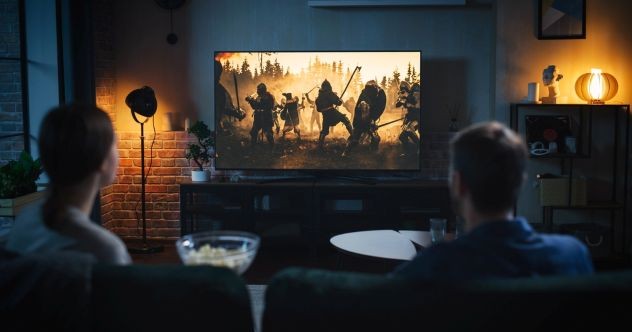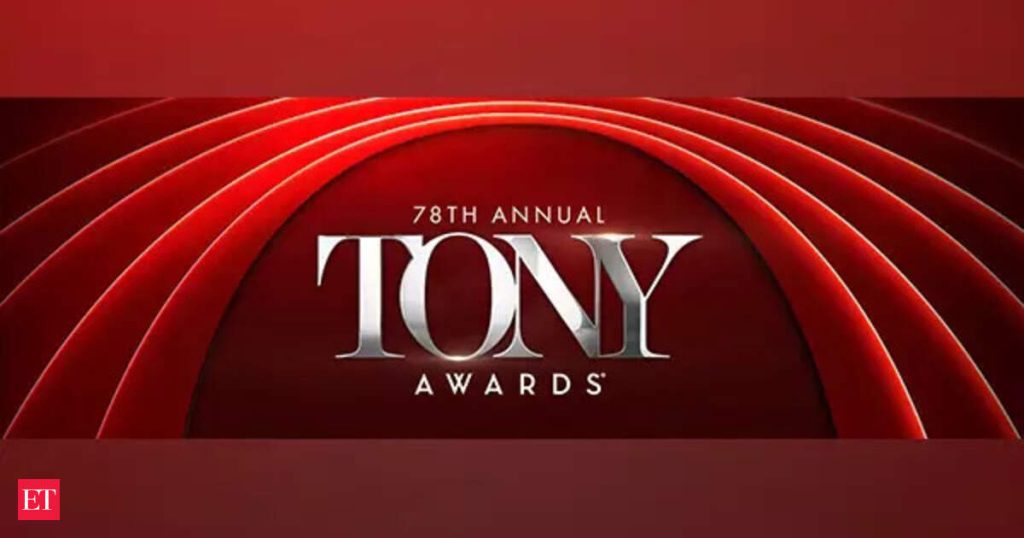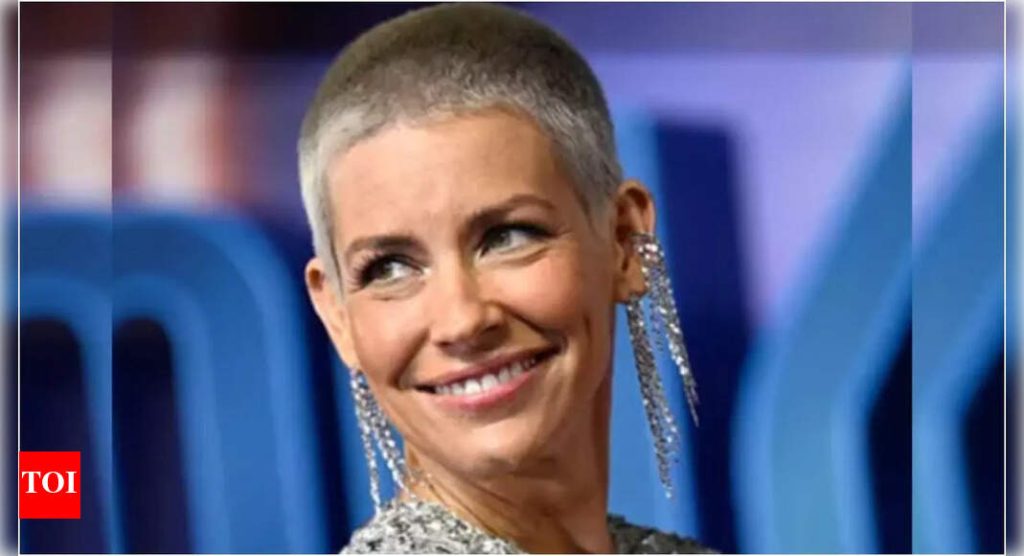Now Reading: 10 TV Revivals That Missed the Mark
-
01
10 TV Revivals That Missed the Mark
10 TV Revivals That Missed the Mark

Oh, how the mighty have fallen. The return of a beloved TV show should be a happy occasion. On top of letting old fans see their favorite characters again, it’s a second chance for quality tales to find an audience. Then again, that’s assuming the creators don’t blow the opportunity.
Some TV revivals squander that goodwill. These series claim to be faithful continuations of previous works. Unfortunately, they miss the point through disrespectful choices, lackluster additions, and general sloppiness. These failings expose such shows as cash grabs preying on the love of their predecessors. At least reboots and remakes have the decency to be different.
On the other hand, these revivals are wolves in sheep’s clothing. They wear familiar faces while failing to understand what made the IPs great in the first place. Not only does that cynical lack of passion dash fans’ hopes, but it also desecrates the legacies of exceptional art. You might as well spit on a treasured painting.
Related: 10 Shows That Were Canceled After One Episode
10 Star Trek: Picard
Why Star Trek Picard FAILED
After several movies of varying quality, Star Trek came soaring back to small screens with The Next Generation. This show followed a new crew of intrepid explorers. Led by Captain Jean-Luc Picard, they boldly ventured into space as their predecessors had done before. That premise sounds like a hollow rehash, but TNG distinguished itself with intriguing innovations, thoughtful dilemmas, and the enlightened perspective expected from a utopian vision. Not only did it launch a new string of Star Trek shows, but it made Picard a household name on par with Captain Kirk. It’s a shame he lost that acclaim in his old age.
Star Trek: Picard brought the icon out of retirement in inglorious fashion. Teaming up with allies both new and old, he embarked on new missions tinged with topical politics. The series forsook its timeless intelligence in favor of shallow critiques of current events. It didn’t even offer any meaningful commentary on these issues, instead simplifying them with black-and-white morality. That stupidity stemmed from the cringe-worthy, millennial writing, which reduced the characters to emotional morons. Like the franchise as a whole, they were totally unrecognizable.[1]
9 That ’90s Show
Why This Unnecessary That ’70s Show Spin-Off Failed
Sitcoms about groups of friends seem to become cultural icons. That ’70s Show was a prolific example. Set in 1970s Wisconsin, the series followed a quirky circle of teens, whose off-kilter friendship carried them through the era’s various trends. It was this combination of reverent reflection and youthful hijinks that won the hearts of countless viewers. Simply shifting things forward should have let the series do the same with a new time period.
Unfortunately, That ’90s Show felt like a Disney Channel version of its predecessor. That impression undoubtedly stemmed from focusing on the prior characters’ children. These kids lacked the easy chemistry of their parents, with their misadventures boiling down to cartoonish gags. When the show exploited these qualities to tap into fans’ nostalgia, it rang pitifully hollow. The final product was more insipid than real ’90s sitcoms.[2]
8 Daredevil: Born Again
Daredevil Born Again was Disappointing
Live-action superhero shows were usually cheesy affairs. Imagine fans’ surprise when Daredevil defied that stigma. After acid took his vision and enhanced his other senses, lawyer Matt Murdock became a shadowy vigilante to root out the darkest corners of New York’s underworld. Meanwhile, he used his legal knowledge to protect those who couldn’t help themselves, providing a speck of hope to contrast the brutality.
The showrunners portrayed this setup with engrossing characters and an infectious noir style, exploring complex themes surrounding justice, morality, and duality. As a result, their three seasons were better than anything Disney and Marvel had done in countless movies. That was the problem.
The studios resurrected the Man Without Fear in Daredevil: Born Again. This revival professed to continue Murdock’s story in respectful fashion. Unfortunately, it began by axing most of the mainstay characters, replacing them with two-dimensional alternatives with neither intrigue nor appeal. These substitutes were symptomatic of the overall lackluster writing. Born Again fell woefully short of its predecessor with surface-level dialogue, an inconsistent tone, and a nonsensical plot. Maybe Daredevil should have hung up his cowl.[3]
7 Dragon Ball GT
Dragon Ball GT: What The Hell Happened?
Not many tales could change the landscape like Dragon Ball did. The original series and its follow-up, Dragon Ball Z, followed a monkey-tailed martial artist named Goku. With his circle of friends, he tackled ever-increasing threats in a constant struggle to get stronger. The tale boasted explosive battles rife with slick choreography, breakneck speed, and devastating energy blasts. These bouts involved an unforgettable cast of characters, all of whom added might, wit, and humor to the adventure. This infectious fun helped popularize anime in the West, so why end such a pivotal property?
After creator Akira Toriyama ran out of ideas, Toei Animation pressed on without him. The result was Dragon Ball GT. This show reverted Goku to a child and sent him on a new journey through the galaxy. Rather than reunite with old friends, however, he led a younger generation of fighters.
That setup largely sunk the story, as these fresh faces were either boring, grating, or both. Couple this failing with tame fights and an ugly aesthetic, and you had a sad sendoff for a proud franchise. Sure, GT had some inspired ideas, but it forgot what drew fans in the first place. At least Toriyama later returned for proper follow-ups like Dragon Ball Super and Dragon Ball Daima.[4]
6 The Legend of Korra
I HATE Korra (and you should too)
Largely inspired by such anime was Avatar: The Last Airbender. This cartoon presented a rich world driven by nations of benders—people who could channel the elements through martial arts. As the Fire Nation waged war on the others, the only hope lay with the preteen Aang, who could bend all four elements as the legendary Avatar.
The mystical lore obviously led to a slew of distinctive fight scenes, but the true key to the show’s success was the cast. Fans loved seeing these plucky kids gradually grow into noble heroes, particularly as their paths forged them into a found family. Ironically, an older cast made the follow-up less complex.
The Legend of Korra took the series a century forward. A new Avatar named Korra struggled, not with learning the elements but with being the spiritual leader that people needed. That vague description was no accident, as this show was all over the place in its narrative, tone, and animation. Desperately tying it together was a crew of characters who felt like discount versions of their predecessors. Worst of all was Korra herself. She was stupid, abrasive, and unwilling to learn from her mistakes. How appropriate for a bombastic sequel masquerading as the thoughtful big brother.[5]
5 Bill Nye Saves the World
An Awfully Overdue Autopsy of Bill Nye Saves the World
Mixing education and entertainment was always a tall order, but Bill Nye the Science Guy managed it. Each episode took a natural concept and explained it through visual aids, silly sketches, and repeatable experiments. Tying it together was the host’s kooky-yet-approachable persona. The downside came when he grew too enamored with his own image.
He resurrected the character in Bill Nye Saves the World. While this revival kept the original’s format on the surface, one look revealed how hollow it was. The production values were somehow worse than the preceding show, consisting mainly of static conversations in a studio. More egregious, though, was the series’ steering away from science.
Rather than factual phenomena, Nye selected ideas that were among those circulating in political crowds. He then reduced these subjects by presenting one viewpoint as objectively correct, replacing substantive data with topical pop culture figures. No wonder he’s not a real scientist.[6]
4 Castlevania: Nocturne
Castlevania Nocturne is an Absolute Travesty
Given the track record of video game adaptations, Castlevania had no business being so good. The series opened with Dracula avenging his wife’s death by summoning an army from Hell. Monster slayer Trevor Belmont and his ragtag band work to thwart this demonic invasion. All the while, rival vampires and mystical parties try to exploit the chaos for their own ends. The big picture was a captivating chess game with layered characters, eye-popping action, and an oppressively gothic atmosphere. Although the tale came to a satisfying conclusion, there were plenty more games to draw from.
Those titles loosely spawned Castlevania: Nocturne. Taking place centuries later, this series saw vampires rise again during the French Revolution. Young Richter Belmont and his magical allies stepped up to oppose them, but talent apparently skipped a few generations. Though still sporting immaculate set pieces, this sequel was lesser in every other way. Its paper-thin, idiotic characters meandered around a nonsensical narrative, which repeatedly trivialized its complex setting. Thus, the vampiric franchise lost its bite.[7]
3 Justified: City Primeval
Justified: City Primeval Destroys Raylan Givens
People picture Westerns as yesterday’s relics, but Justified brought those sensibilities to the modern era. The series saw U.S. Marshal Raylan Givens transferred back to his hometown in Kentucky. He then tackled the area’s grungy gangland threats, the most persistent being his old coal-mining buddy, Boyd Crowder. These elements gave the show a gunslinger atmosphere of dark comedy and intriguingly specialized character dynamics. What happened when the franchise stripped them all away?
The result was Justified: City Primeval. This revival brought Raylan to Detroit, where he took on a case involving a blackmail book and a sadistic serial killer. Like many entries on this list, the show idiotically replaced its existing characters with a fresh crew devoid of depth or charm.
However, this change stemmed from the larger problem of swapping the setting, thereby losing much of the IP’s identity. What truly sunk the sequel, though, was an insufferably hammy villain who constantly plagued the heroes through contrived writing. His failure to capture Boyd’s appeal sadly matched the series’ attempt to one-up its predecessor.[8]
2 Scooby-Doo and Scrappy-Doo
From Savior to Villain | The Curious Fate of Scrappy-Doo
If it ain’t broke, don’t fix it. Scooby-Doo, Where Are You! chronicled the wholesome exploits of Mystery, Incorporated: a group of friends solving creepy capers with their talking dog. Episodes mixed mischievous scares, cartoon slapstick, and innocent dynamics between its likable leads. This combination carried the meddling kids to stardom. Of course, any slump in that acclaim prompted studio heads to freshen up the formula.
An especially notorious attempt came with Scooby-Doo and Scrappy-Doo. This show furthered the ghoulish gags of the jumpy mutt, but it saddled him with a nephew named Scrappy. The little punk constantly leaped into danger, forcing Scooby and Shaggy to bail him out time and time again. These two were the only remaining members of the gang, so they had no one else to bounce off. Such a glaring reshuffle diminished the show’s family identity. Worse, the replacement wasn’t nearly as endearing. It’s no wonder why Scrappy went down in infamy.[9]
1 Prison Break: Resurrection
Prison Break Season 5 – Series Recap
Prison Break was a classic case of a series outlasting its gimmick. The first season was a tense tale of two brothers navigating a hazardous jail to unravel a conspiracy. Subsequent storylines soon diluted this simple setup with increasingly stupid scenarios. The reasons for the danger became steadily more contrived, and the characters suffered from intense stupidity as a result. The revival had a chance to reflect on these mistakes, but no.
The belated fifth season—also known as Prison Break: Resurrection—was a vain attempt to take things back to basics. Trapping one of the brothers in another jail seemed to herald a return to form. At the same time, though, the other characters dove into a global caper involving a shadowy terrorist organization. The creative desperation was more apparent than ever. When viewers weren’t falling asleep, they were laughing at how ludicrous the script was. Hindsight proved that Prison Break should have been a one-and-done tale.[10]
fact checked by
Darci Heikkinen























